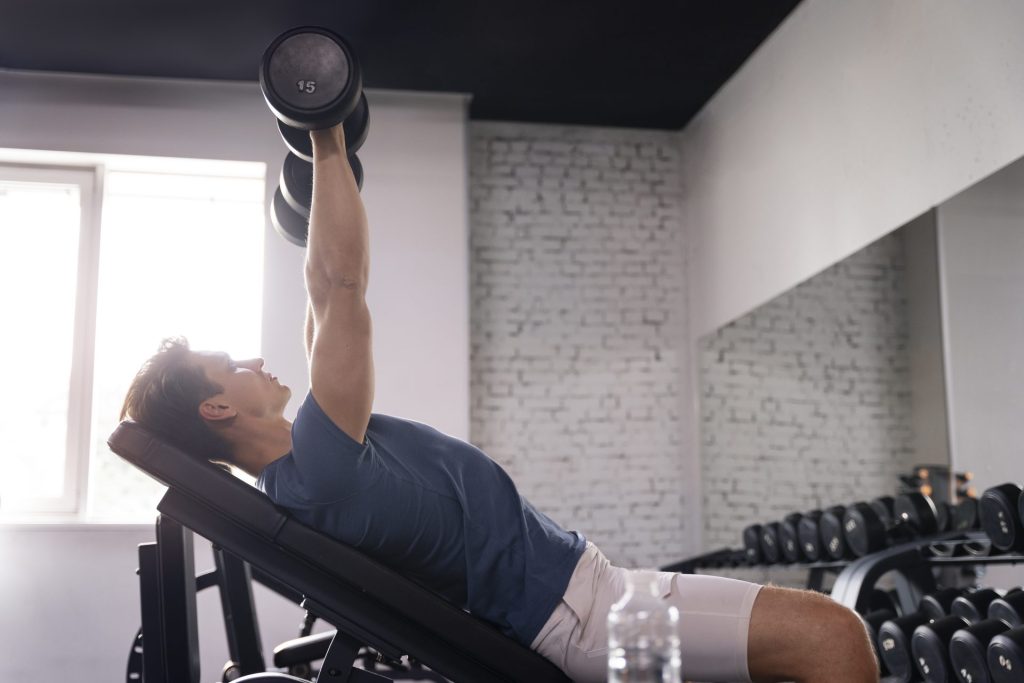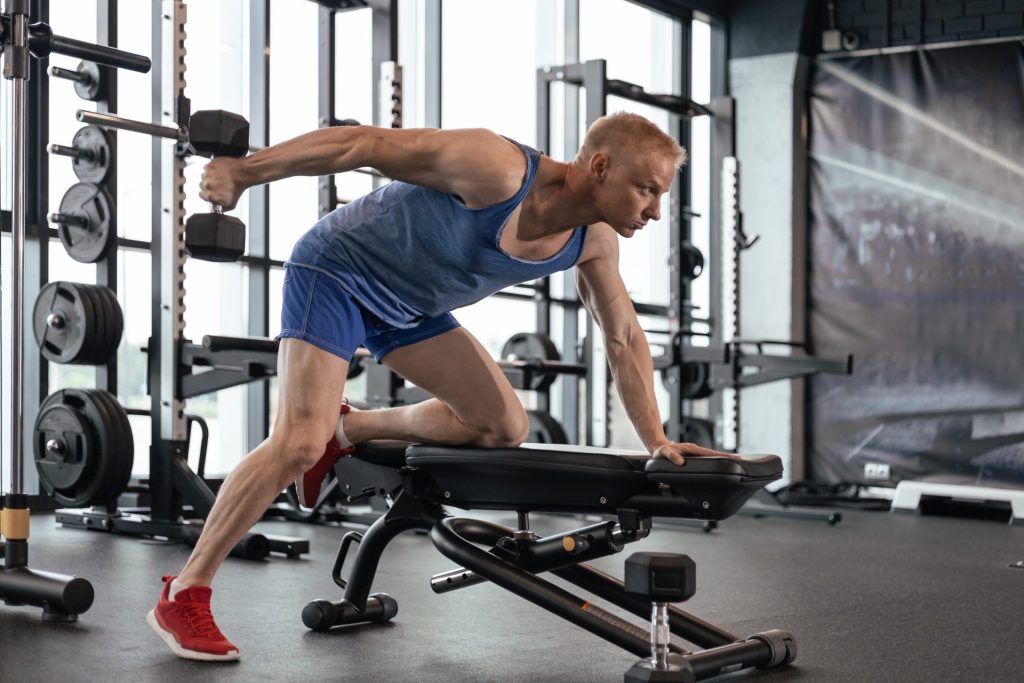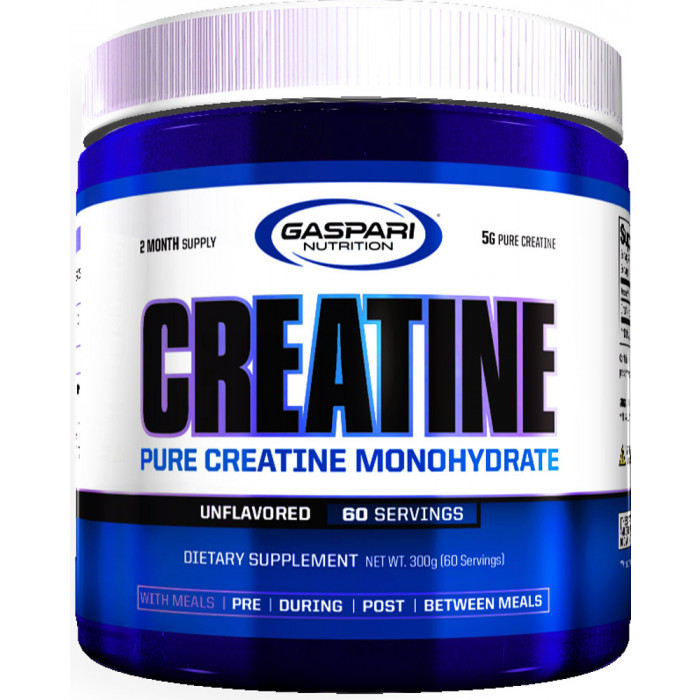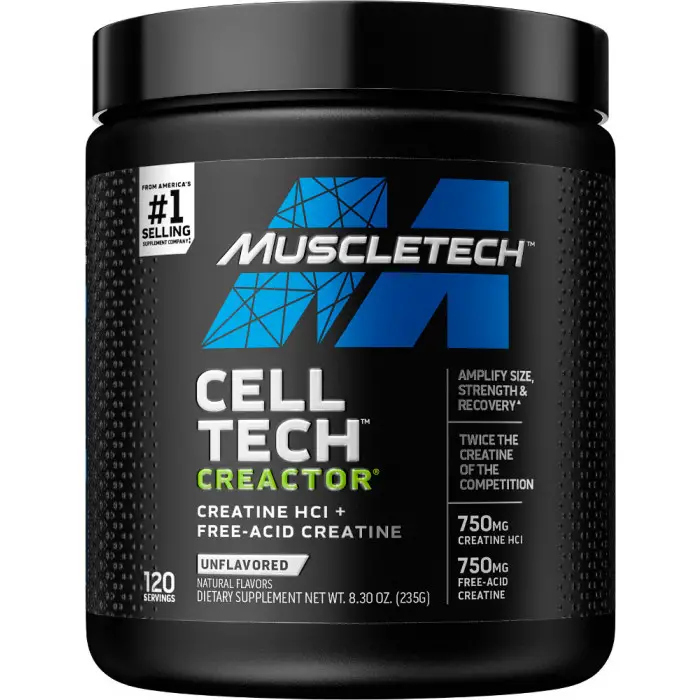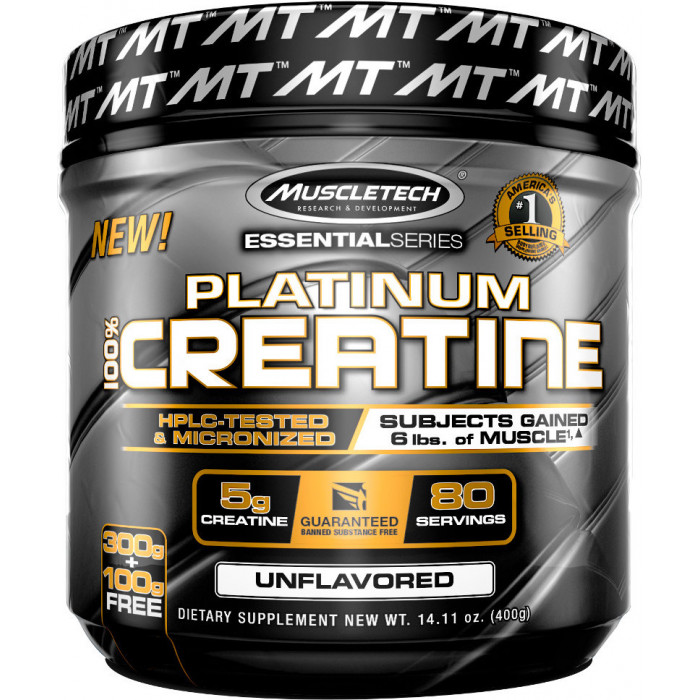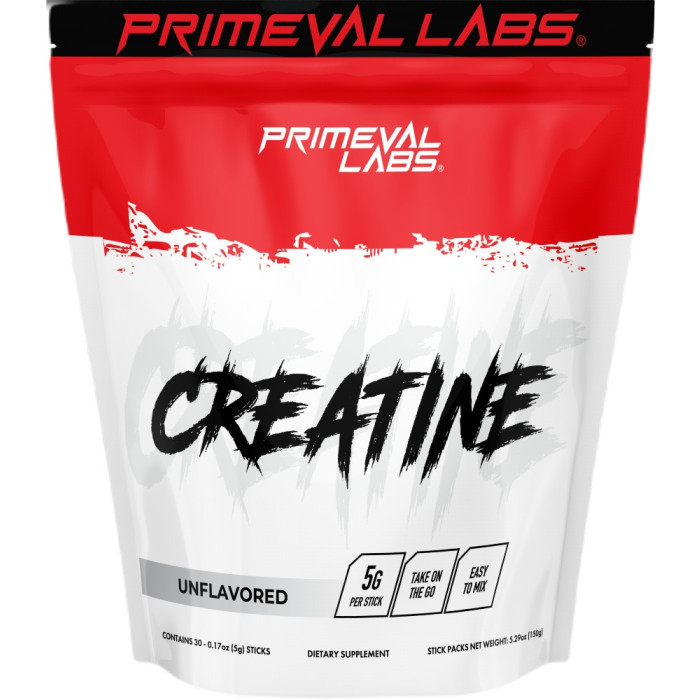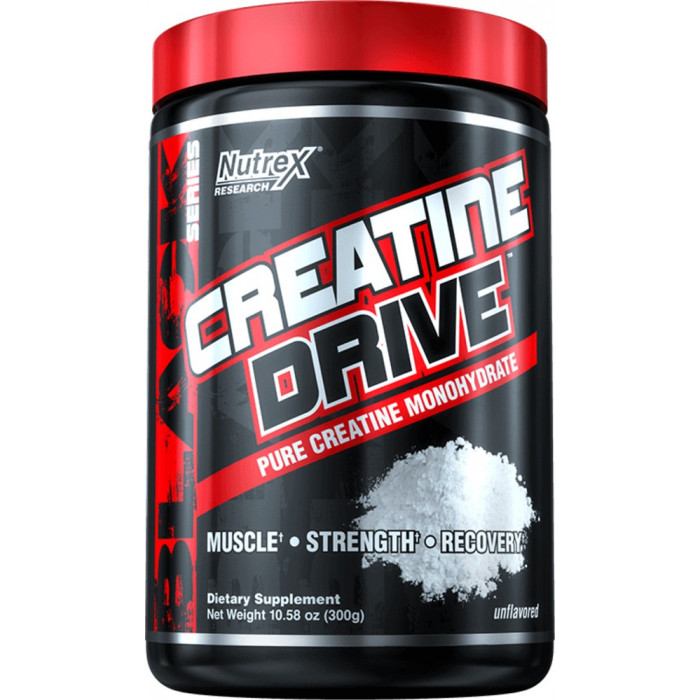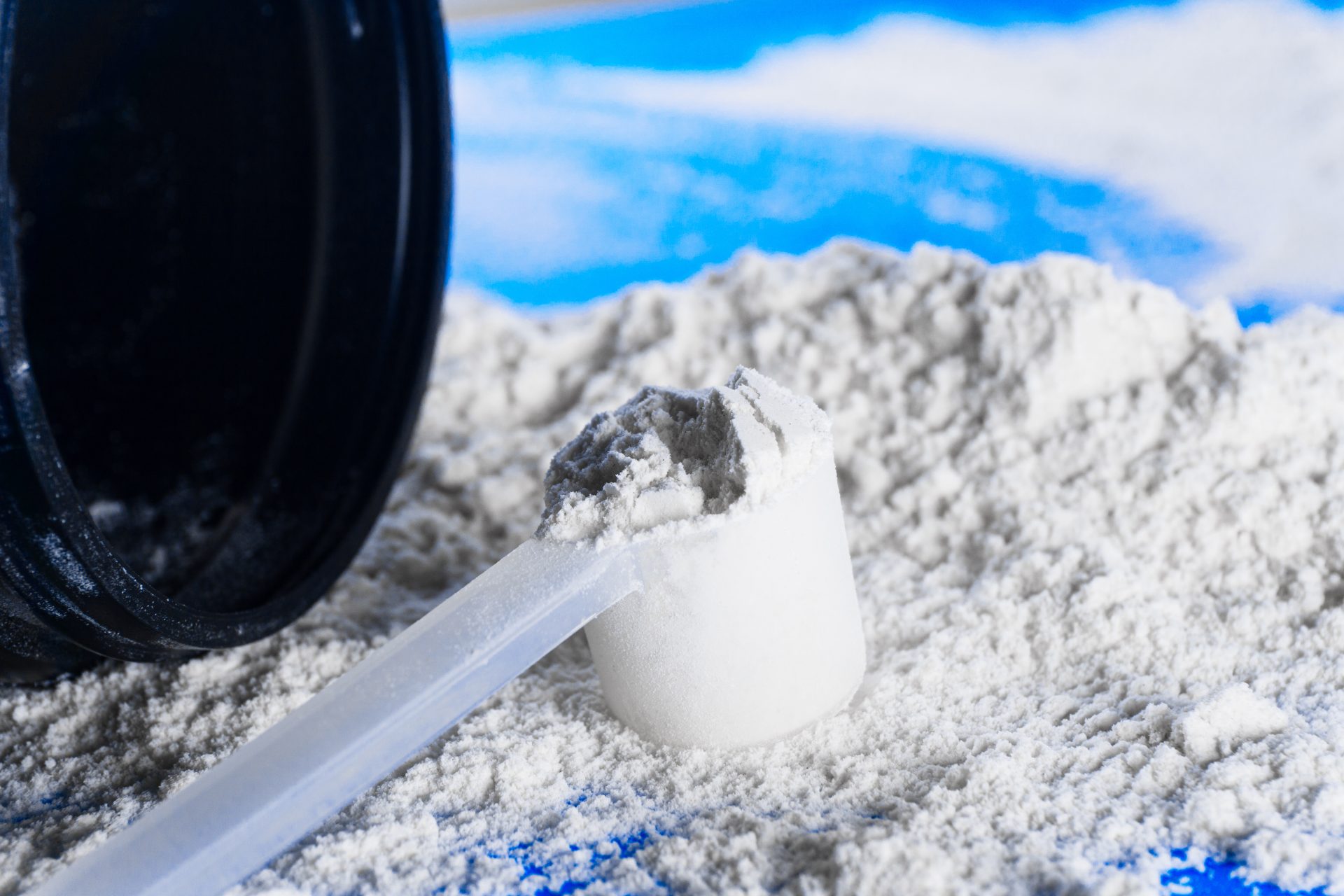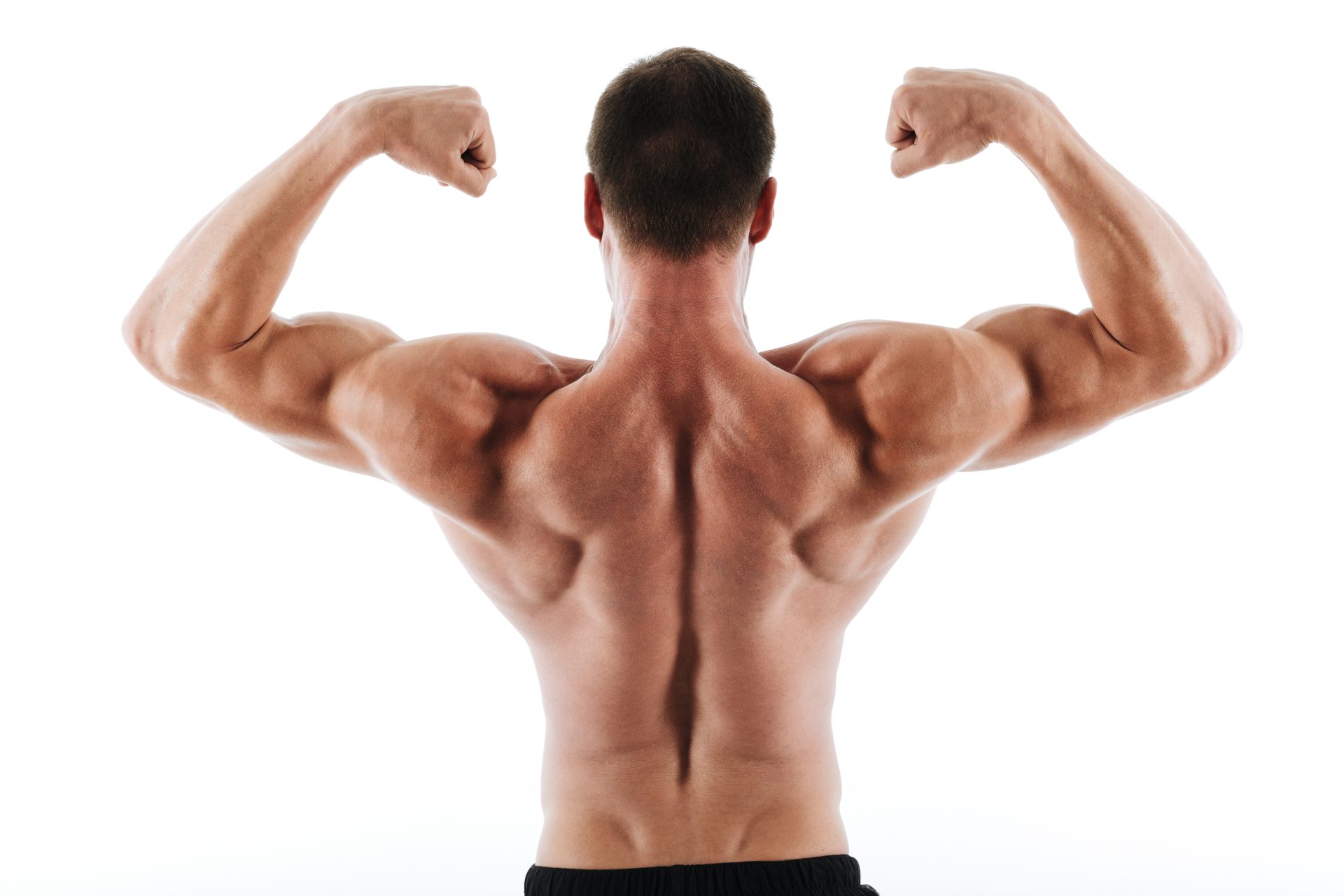What does Steve Reeves old-fashioned but effective workout routine look like? How he crafted himself several years ago?
Stephen Lester “Steve Reeves” (1926-2000) was a historian, American bodybuilder, and famous actor. He was born in Montana and moved to Oakland, California, after his father’s death. Steve was interested in building muscle and underwent strenuous training from an early age. His persistent efforts made him win the Mr. America title in 1947. And his perfect physique compelled him to pursue acting. Steve also acquired the Mr. Universe title in 1950 at 6ft & 1-inch height with 220 pounds and was considered a man of perfect physique.
He proved himself ideal for leading characters in movies such as: Hercules (1957), Hercules Unchained, The White Warrior, Goliath, and many more. Steve earned global appreciation. Unfortunately, he got a shoulder injury and augmented while performing in films, which led him to say goodbye to his acting career.
In this article, we shed light on the Steve Reeves workout program that will inspire you in many ways.
Contents
Steve Reeves Measurements
You know Steve had body measurements that are considered ideal for a muscular physique.
He got the best physique at that time when there were no training machines, highly professional trainers, and the best foods available.
However, Steve Reeves height, weight, and other measurements are as follows:
- Height: 6ft, 1inch
- Weight: 215-225 lbs.
- Chest: 52 inches
- Waist: 29 inches
- Arms: 18.5 inches
- Thigh: 26 inches
- Calves: 18.5 inches
- Occupation: Bodybuilder, Actor, Gym owner, Writer & Author
Steve Reeves Workout Philosophy
Steve always loves to disclose his workout routine and training principles to bodybuilding aspirants.
However, his training philosophy was based on three principles.
Attention to Recovery
Most bodybuilders and trainers only concentrated on training without taking a short pause. Even some athletes follow a 6-day training program and provide less time for their bodies to recover appropriately.
But Steve was the opposite.
He took a rest between each set and after workouts because he believed that the recovery period allow the body to work properly when you train.
Steve’s recovery time is given below, which will help you to build stronger muscles.
- 45 to 60 seconds rest between each set
- He took a 2-minute pause between each exercise.
- He didn’t believe that consecutive workout routines would be effective for getting the perfect physique. He preferred one day rest after each workout.
Steve preferred legs workout at the end
Steve thought full-body training split in a day was more effective than working on each body part separately each day.
In the start, he worked on upper body parts and then followed lower body parts. He thought working on the body’s largest muscles (quads, hamstrings, and glutes) first would decrease his potential that would be required to train upper body parts.
However, Steve’s strategies were antagonistic but proved effective. Steve was stuck to the training order listed here:
- Deltoids
- Chest
- Lats
- Biceps
- Triceps
- Quadriceps
- Hamstrings
- Glutes
- Calves
- Lower back
- Abdominals
- Neck
Always Setting Goals for each workout
The best approach for someone to achieve their dreams is setting goals. Steve also followed this strategy, setting smaller goals to transform his dream into reality.
He always tried to do something fresh & challenging that would protect his mind from boring things. He used free weights to maximize & stabilize his muscles.
The most important and unique thing was that he performed mostly standing exercises.
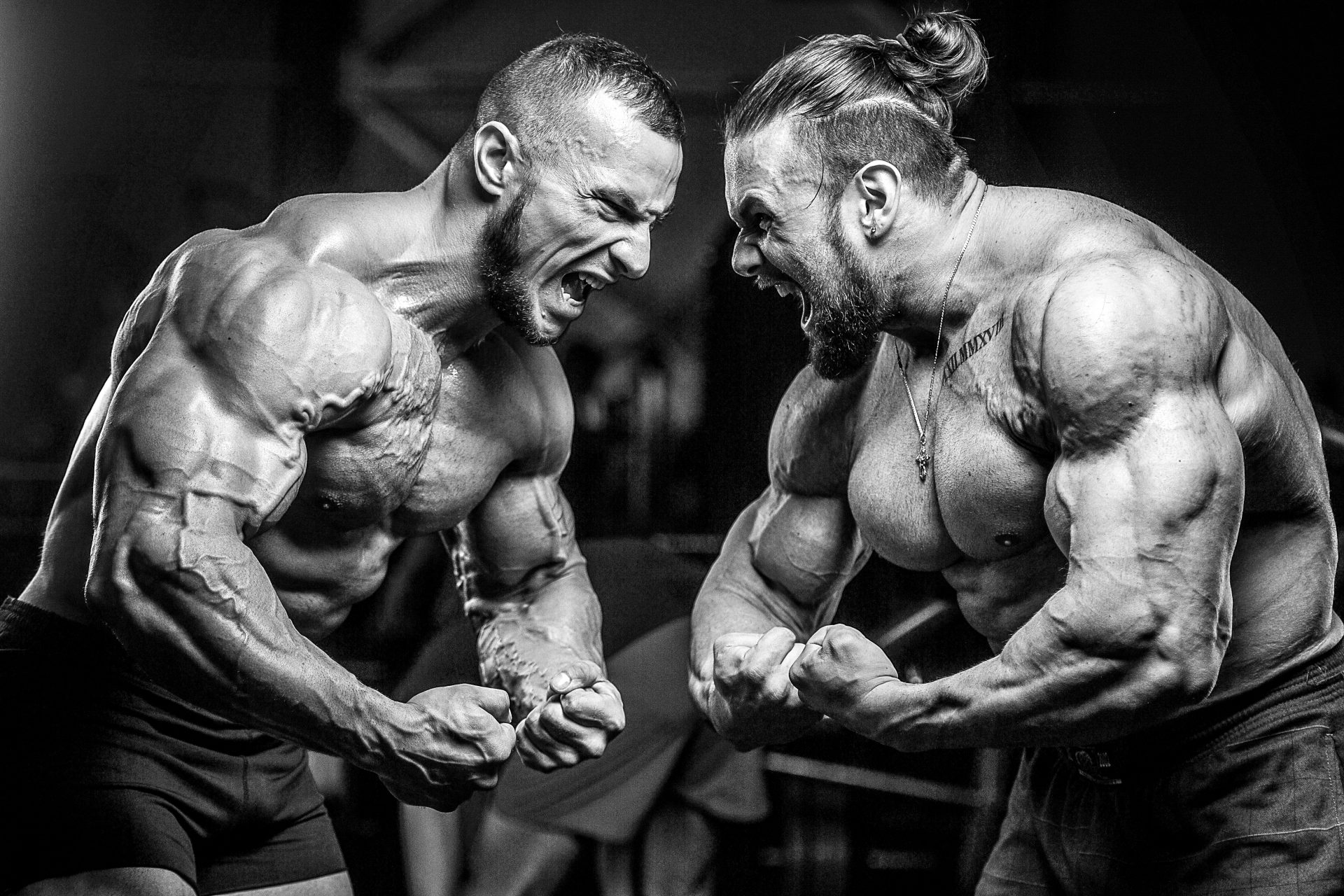
Steve Reeves Workout Routine
Steve written his training program by himself in 1951. He worked three days and was on rest for 4-days.
He believed that a one-day workout and the next day off would offer him maximum time to heal his muscles and a maximum recovery period would protect his muscles from internal injury.
At that time, there were no machines or advanced bodybuilding tools available. He got help from old equipment like dumbbells and barbells.
Steve did 1-2 exercises that targeted muscles with three sets and 8-12 reps for each exercise. And he also took a short pause of 45 to 60 seconds.
However, Steve Reeves workout routine will help you a lot if you follow it, which is given below.
Monday: Abs & Legs Workout
- Deadlift (2-sets, 8-12 reps)
- Barbell row (4-sets, 8-12 reps)
- Front dumbbell press (4-sets, 8-12 reps)
- Incline barbell press (4-sets, 8-12 reps)
- Front pulldown (4-sets, 8 reps)
- Dumbbell pullover (3-sets, 12 reps)
- Good morning (2-sets, 8-reps)
Wednesday: Shoulder & Arms Workout
- Standing Military Press: (3-sets, 8-12 reps)
- Upright row: (3-sets, 8-12 reps)
- Dumbbell rear lateral (3-sets, 8-12 reps)
- Dumbbell side lateral: (4-sets, 8-12-reps)
- Push down: (3-sets, 8-12-reps)
- Overhead triceps extension: (3-sets, 8-12-reps)
- Incline dumbbell curl: (3-sets, 8-12-reps)
- Dip: (3-sets, 8-12-reps)
- Barbell curl: (3-sets, 8-12-reps)
- Stomach volume: (4-sets for 20 to 40 seconds)
- Concentration curl: (3-sets, 8-12 reps)
- Barbell wrist curl: (4-sets, 10-15-reps)
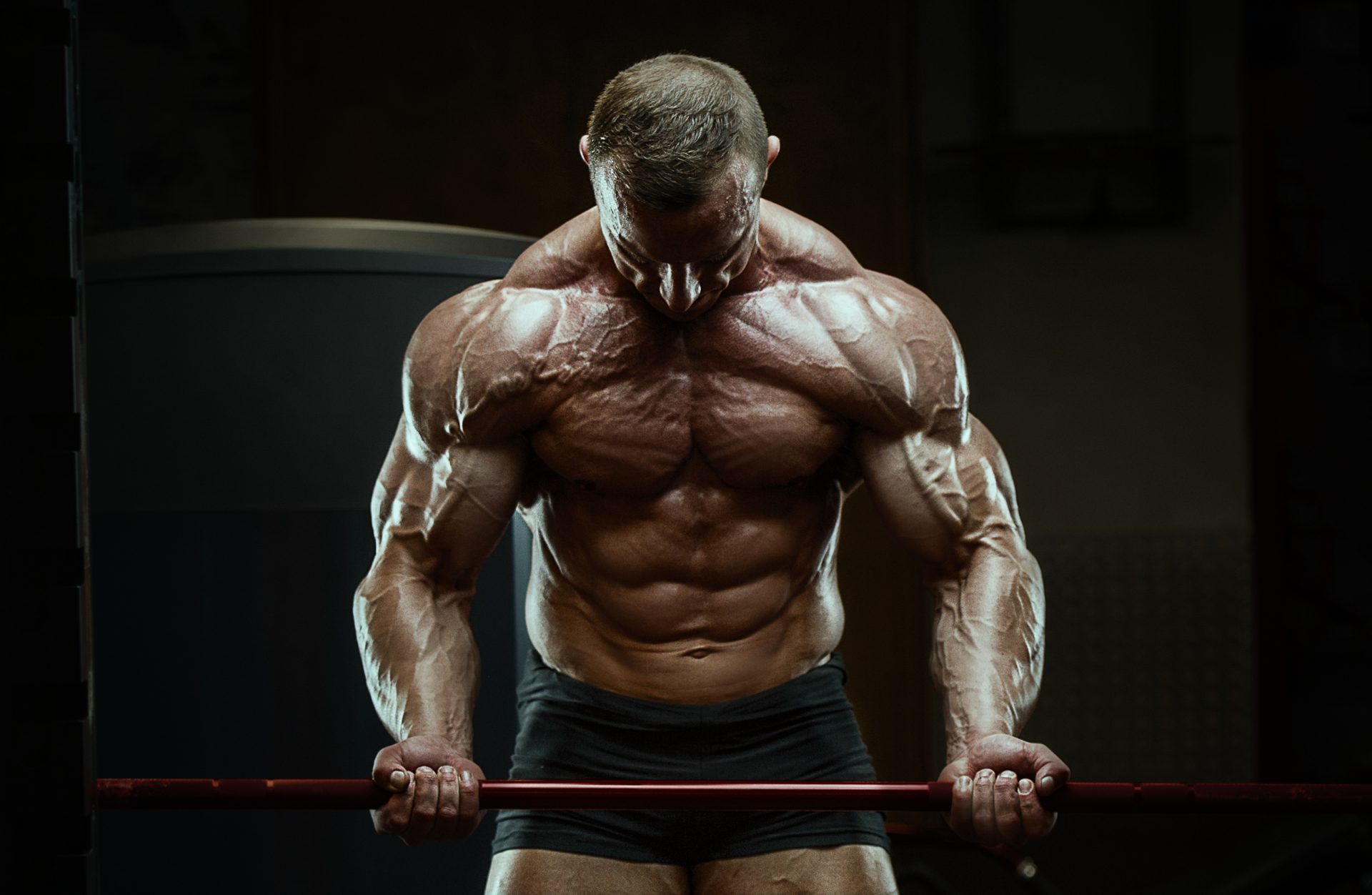
Friday: Neck & Legs Workout Routine
- Seated calf raise: (4-sets, 10-15 reps)
- Standing calf raise: (4-sets, 10-15 reps)
- Front neck raise: (2-sets, 10-15 reps)
- Rear neck raise: (2-sets, 10-15 reps)
- Sides neck raise: (2-sets, 10-15 reps)
- Incline curl-up: (4-sets, 10-15 reps)
- Hack Squat: (3-sets, 8-12-reps)
- Lying leg curl: (4-sets, 8-12-reps)
- Leg extension: (4-sets, 10-12 reps)
- Stiff leg-deadlift: (4-sets, 8-12 reps)
- Front squat: (3-sets, 8-12 reps)
- Squat: (4-sets, 8-12 reps)
There’s no doubt, Steve’s workout routine was remarkably organized for the proper muscle growth. Steve is a paradigm for fitness & physique aspirants because his training program was unique and precise.
Steve Reeves Diet Routine
All bodybuilders or athletes know that a balanced diet is a half battle to win the fitness journey.
Steve was also conscious about his nutrition. He consumed three meals per day, filled with healthy & unprocessed foods that delivered all necessary nutrients, and this is antagonist to the diet of current athletes who consumed 5 to 6 meals per day.
His diet comprised of 60% carbohydrates, 20% protein, and 20% fats. His diet also constrained the infamous “power drink” of that time.
Power Drink
Steve used his power drink daily, which is made up of the following ingredients:
- 14 oz of fresh orange juice
- 1 tbsp. of gelatin
- 1 tbsp. of honey
- One banana
- 2-4 raw eggs
- 2 tbsps. of homemade high-protein-powder
Gelatin was the best choice.
It offered him branched-chain amino acids that are mandatory to repair damaged muscles. During the workout, he drank watery juice (lemon juice, 3 tbsps. of honey, and half-liter water) that kept him hydrated.
Steve Reeves Supplements
Steve had no access to any supplements, and he also would not be in favor of taking supplements. He ate fresh fruits, vegetables, and meat to fill his body. He used homemade protein powders.
Now, a variety of supplements, like creatine, multivitamins, protein powders, etc., are available that you can use to boost your muscle growth.
Summary!
Steve Reeves had an old-fashioned training program, but it is considered right for getting the ideal muscular physique.
Steve will be always remembered due to his impressive symmetrical physique, amazing acting, and pleasing personality. It’s harder to get a different & attractive look, but possible.
Only our hard work, consistency, and patience are required.



